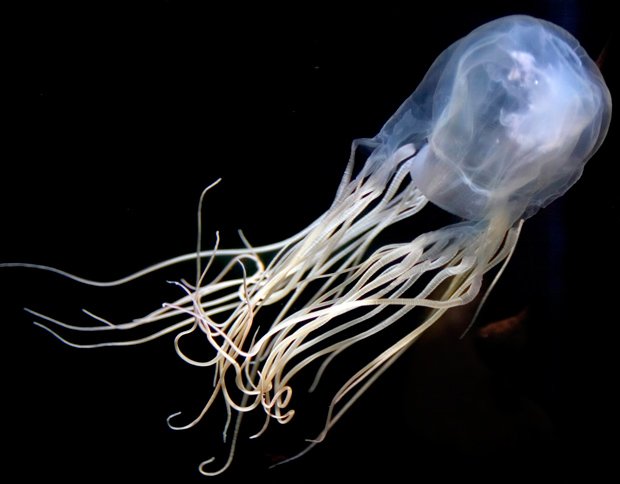Top 10: Dangerous marine creatures that aren’t so well known
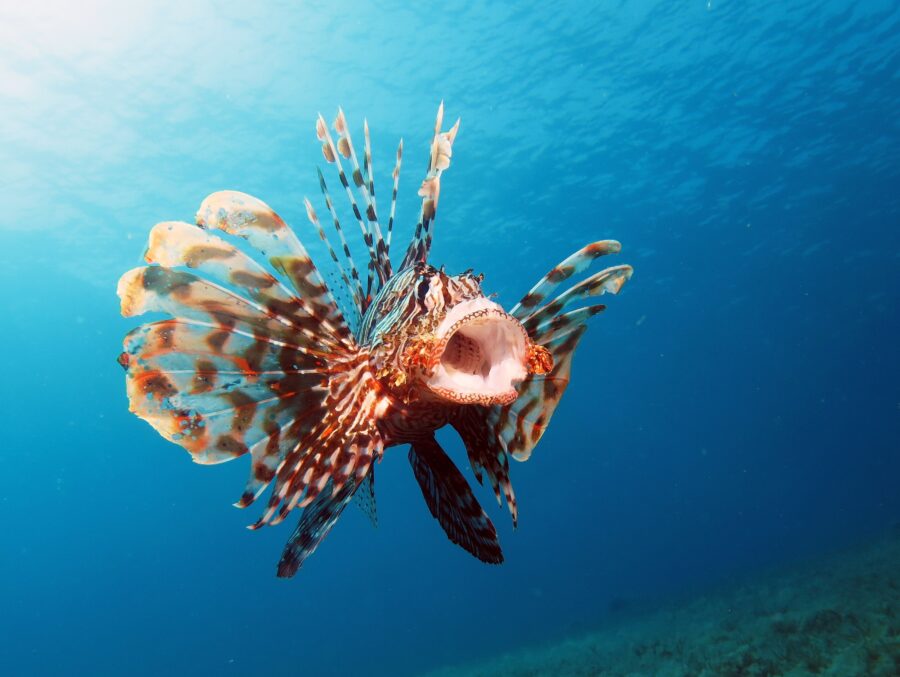
Most beachgoers and ocean users around Australia give thought, before entering the water, to sharks, jellyfish and crocodiles. But you might want to also consider the lesser-known marine creatures that can deliver nasty bites and stings. While not as notorious as our headline-grabbing biters and toxic avengers, many other aquatic species come equipped with weapons that can cause severe injury and, occasionally, death.
1. Coneshell
Of the 80 species of cone shell in Australian waters, a handful are potentially lethal to humans. These predatory sea snails have a harpoon-like tooth that injects a fast-acting venom. Serious envenomation causes intense pain and swelling at the sting site, numbness, tingling, nausea and vomiting. Seek medical attention immediately.

2. Stonefish
Two stonefish species occur in Australia, mainly in the tropics. Their venom is among the most potent of any fish and can be fatal. Excellently camouflaged, these ambush predators grow to about 35cm and rarely swim away if disturbed. Instead, they erect venomous dorsal spines that can be strong enough to pierce rubber-soled shoes. Seek medical attention immediately.
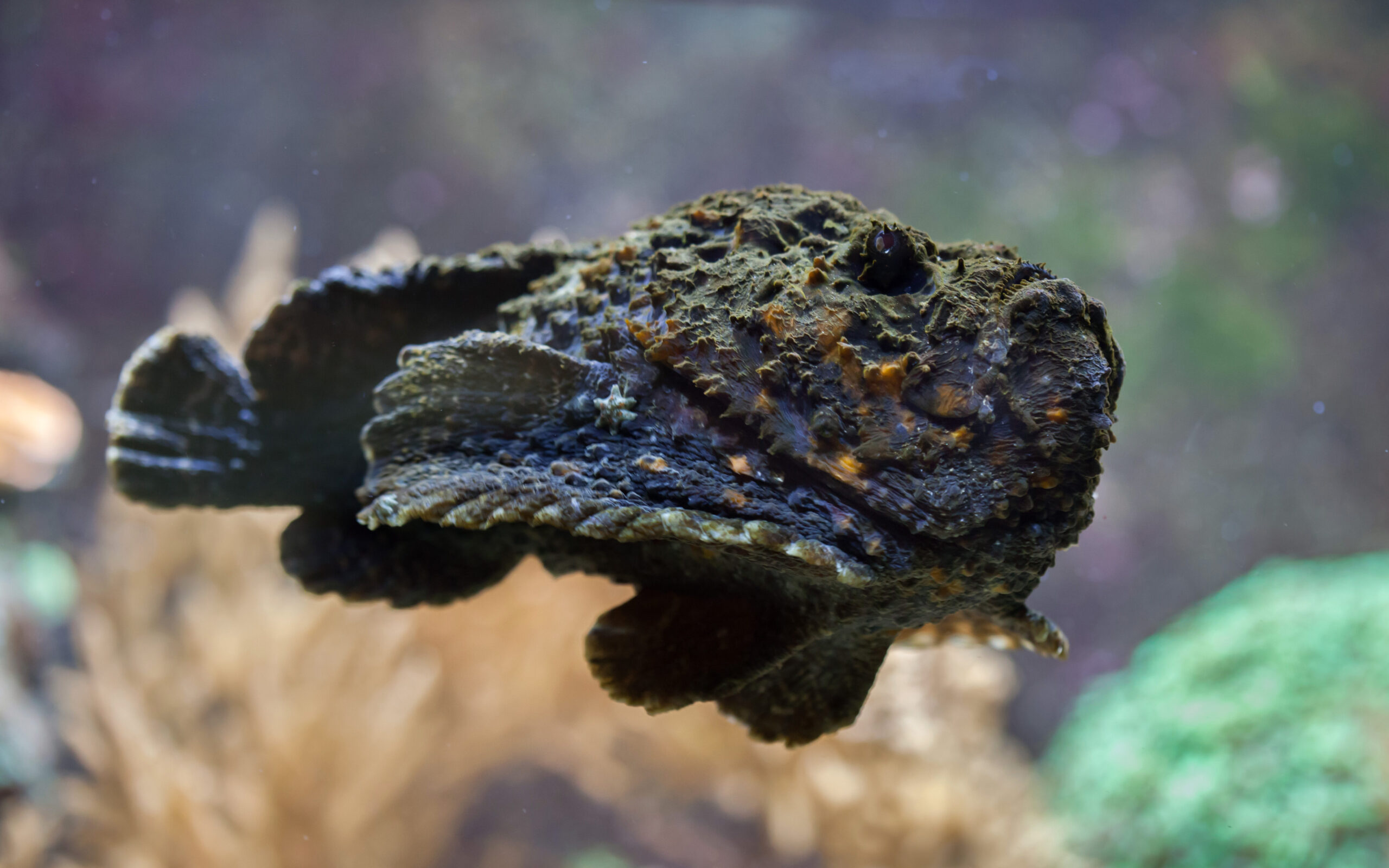
3. Sea anemone
The largest and brightest occur in coastal tropical waters where they attach to rocks
or reefs, waving venomous tentacles in the current to snare passing prey. For humans, brushes with some species produce similar symptoms to jellyfish stings.
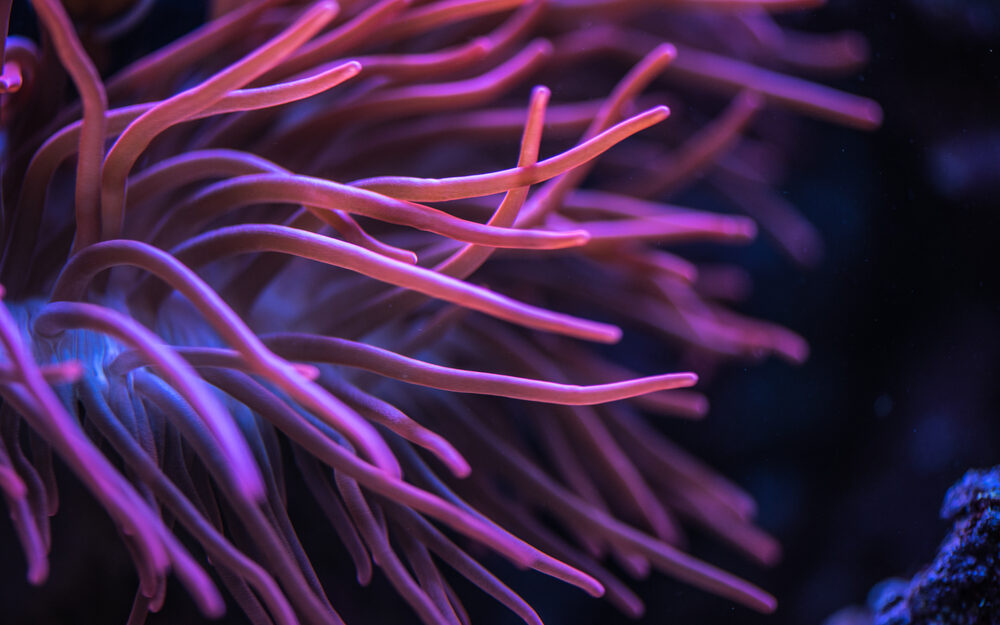
4. Fire coral
These colonial animals are hydrozoans; they are related to, but are not, true corals. Highly variable in size, shape and colour, all have a hard skeleton with tiny pores from which they protrude tentacles armed with stinging cells. These stun prey and can cause divers and snorkellers in tropical waters intense pain if they brush against them. However, they’re not particularly toxic.
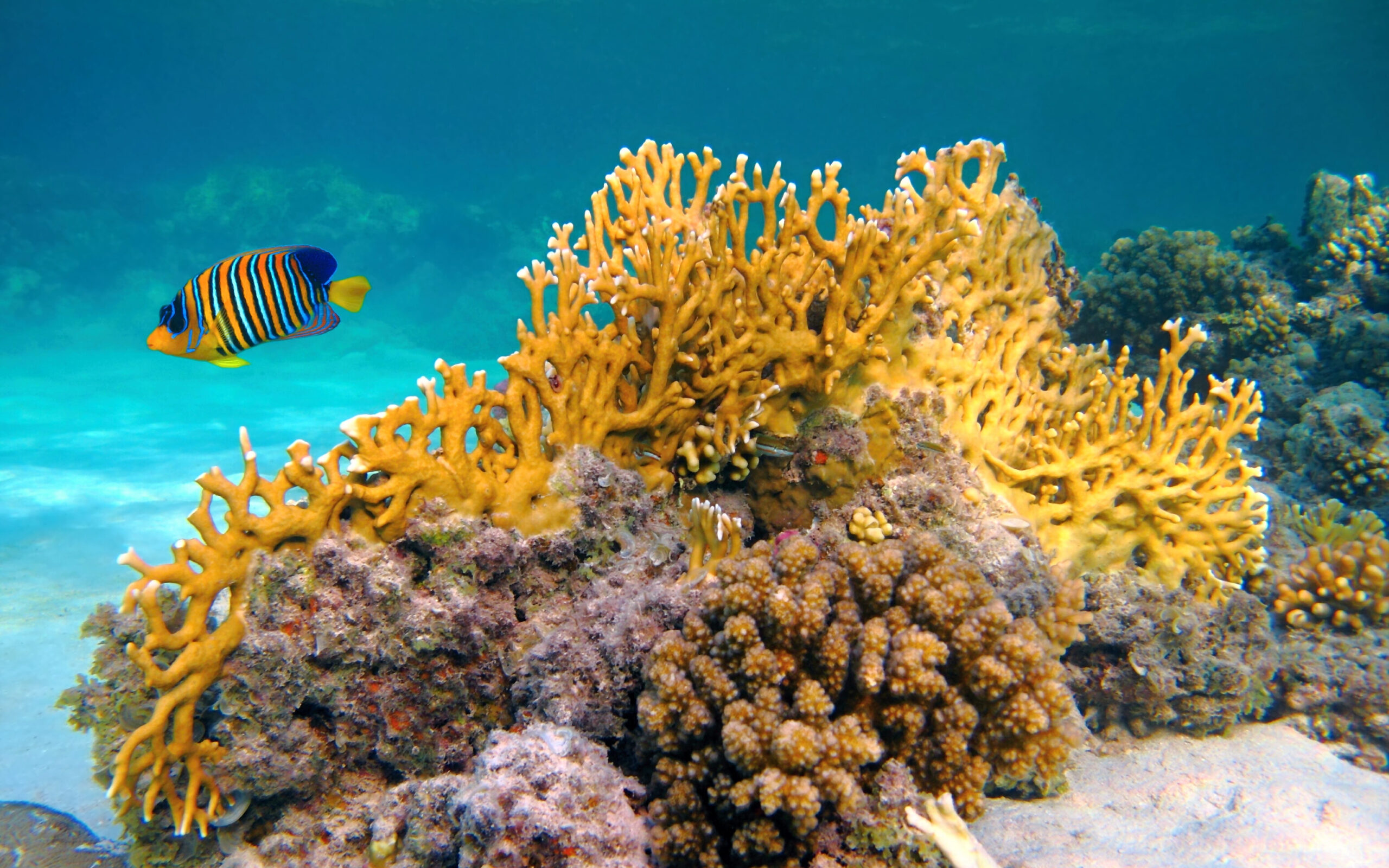
5. Sponge
Some sponge species have developed toxins and tiny, sharp spines as defences. These can cause skin irritation if touched, with symptoms including redness, prickling, itching and tiny blisters, which can develop later into burning and pain. Symptoms may worsen over 24 or more hours and the area can take a week or more to return to normal. But sponges are not very toxic.
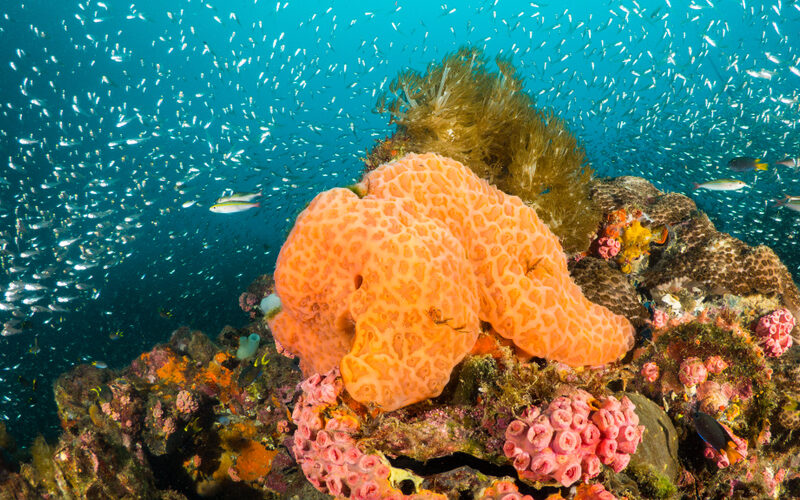
6. Stinging hydroid
These fern-like colonial animals grow on submerged rocks or reefs, often where there is a current that carries plankton prey past their ‘fronds’, which are lined with stinging polyps. Even a brush against a stinging hydroid can produce pain. The effects seem variable, ranging from no reaction to intense pain and weals that can take weeks to heal.
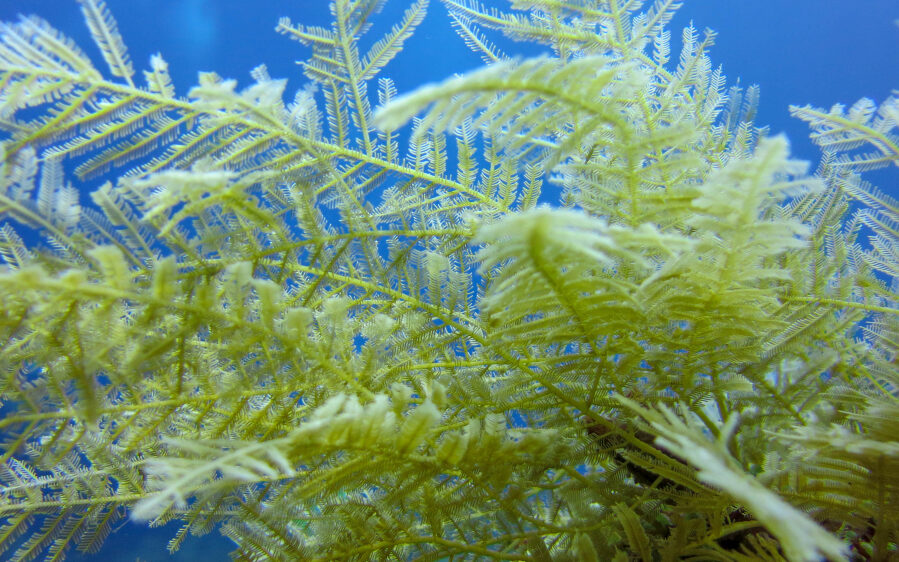
7. Bristle worm
These are common and widespread, and have stiff protruding bristles which can injure skin on contact. In some species, including fireworms, the bristles are venomous. They break off easily in skin and are hard to see; a rash is often the only sign. Symptoms, including itching, burning, pain and swelling, are usually worse in the first few days but can last up to 10 days.
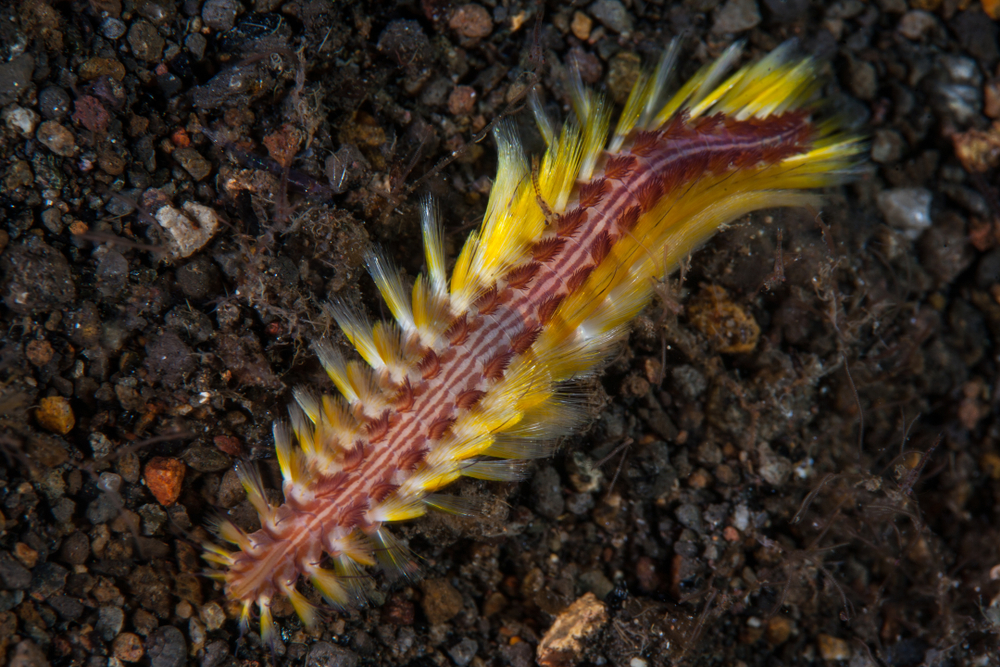
8. Lionfish
Lionfish are Australia’s best-known scorpionfish. They grow up to 35cm, usually have stripes and feathery fins, and are often seen in tropical and subtropical waters. They can be aggressive, and have venomous spines that cause extremely painful stings. This isn’t normally fatal, but symptoms can include headaches, vomiting, seizures, paralysis and breathing difficulties.

9. Sea urchin
Sea urchins occur in a variety of sizes and colours with spines that range from stubby and blunt to long and sharp. Some are venomous. Long-spined species cause the most common problem: a spine breaking off in a victim’s skin, which can cause infection. The spines of some species disappear in a few days; others have spines that can stay under the skin for months and emerge some distance from the original wound. The punctures are pain.

10. Old wife
Many fish have sharp spines that can cause puncture wounds. In the old wife (the somewhat derogatory name comes from the grumbling sound the fish makes when taken from the water), dorsal spines contain venom known to cause pain. They occur in sheltered habitats such as seagrass beds, wharfs, jetties and coastal reefs.
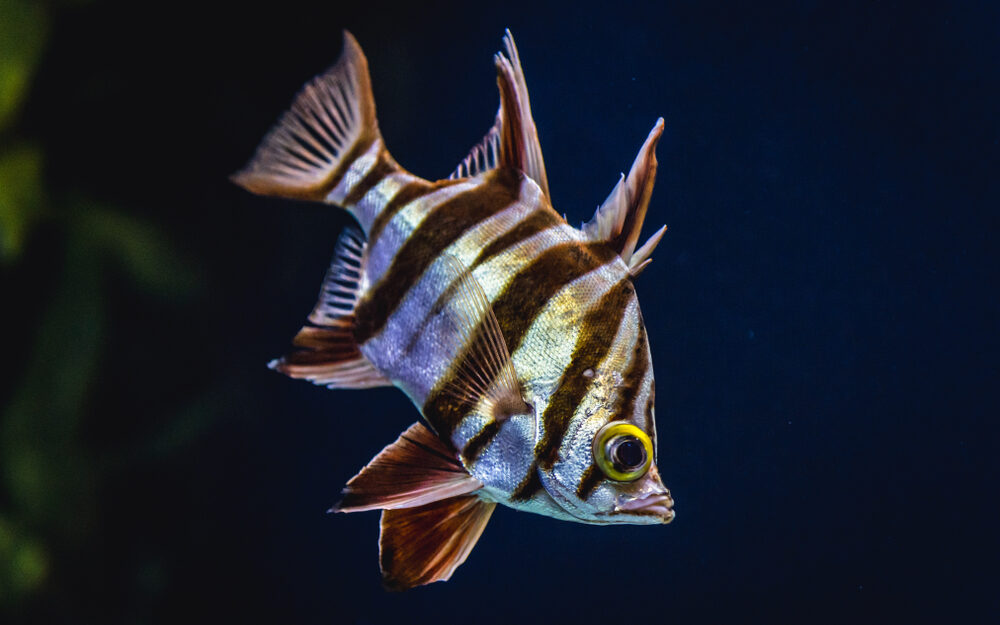
Purchase this book HERE.

